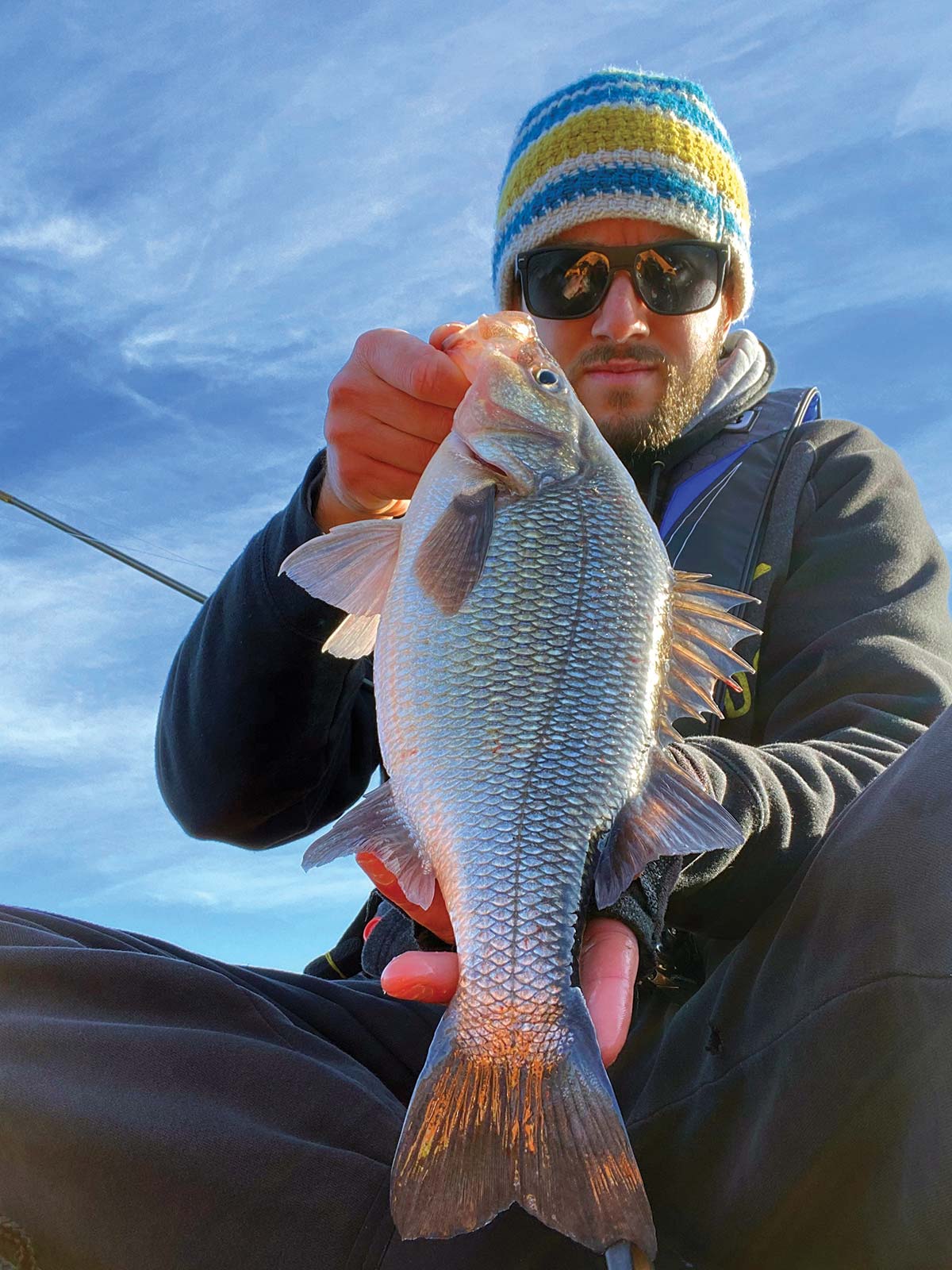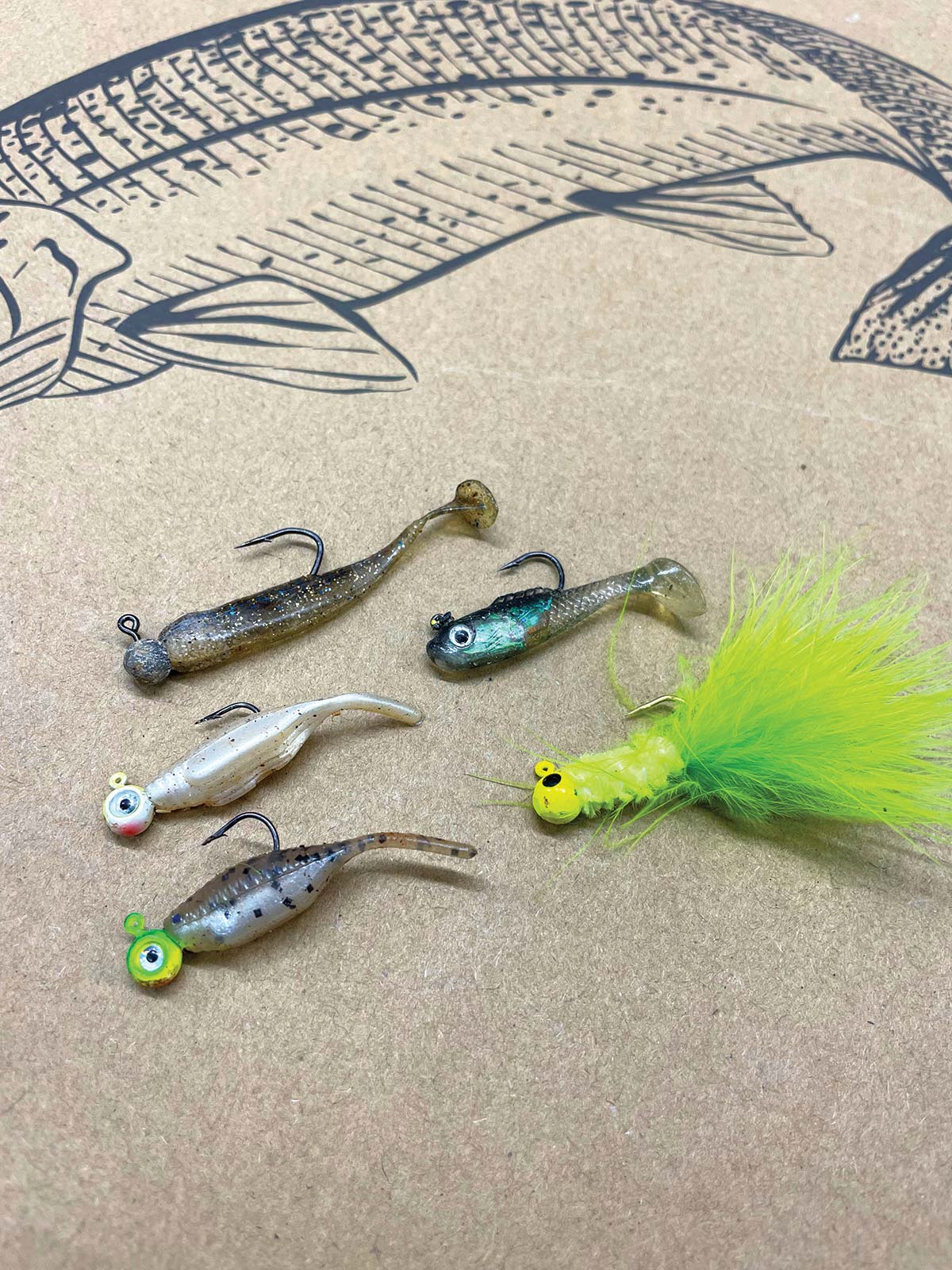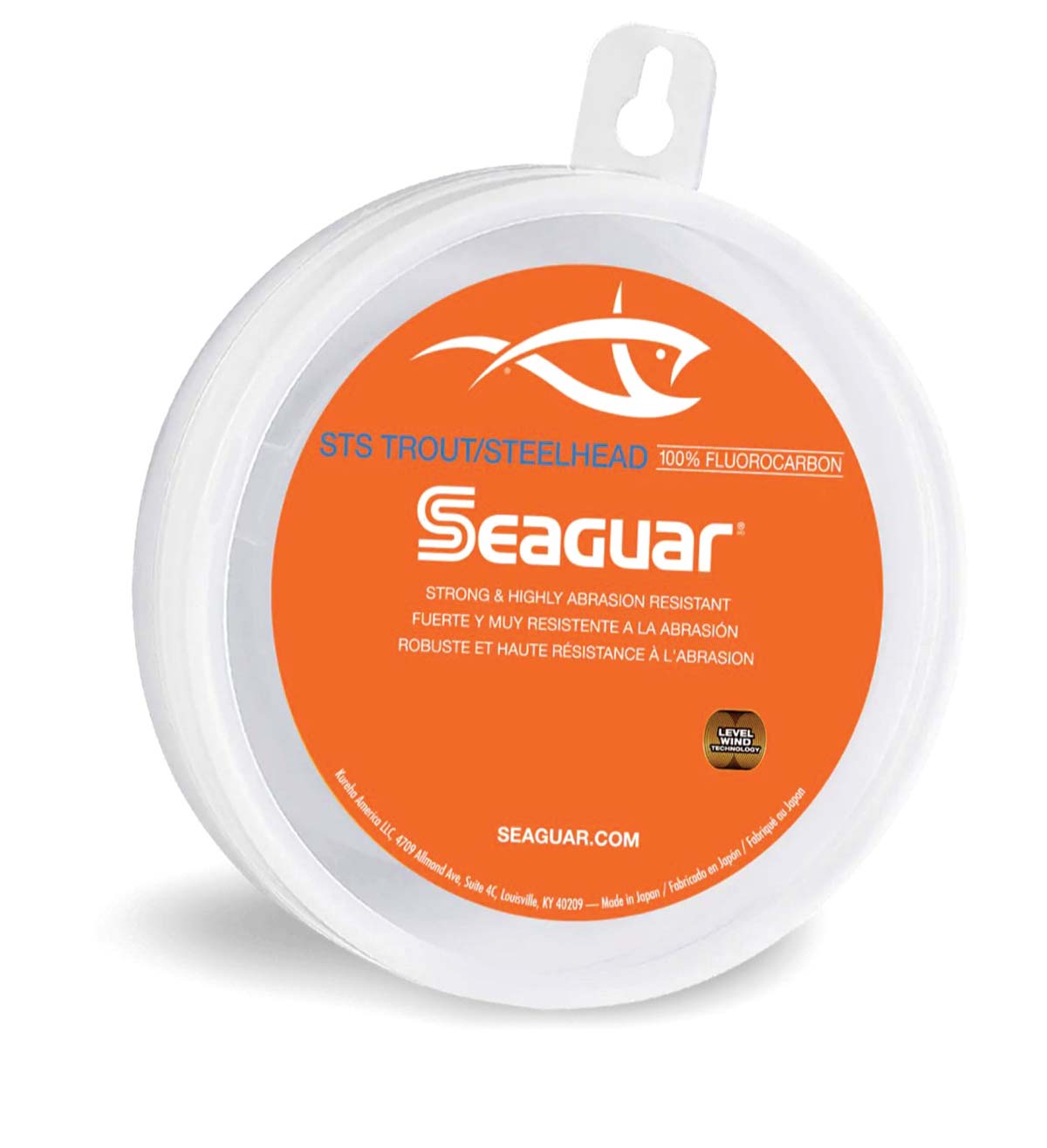
Four things to keep in mind while white perchin’ this winter.
The winter months see a change of pace for most when it comes to fishing. Some like to head upstate to fish the various rivers and reservoirs, others may wait patiently for the opportunity to hop on a head or charter boat to make the trip to the bottom fishing grounds, while there are more than a few who enjoy poking around the different freshwater bodies of water throughout the region in hopes of getting a lethargic bass or pickerel to attack their offering.
Still, one of my favorite fish to target in the tidal creeks and rivers from one end of the island to the other is, no doubt, white perch.
Frustrating at first, these fish always seem to have a ‘ghost-like’ presence to those who have not targeted them with any regularity before. They pop up here and there, and you’ll hear rumors that they’re in a specific water system only to try and come up empty-handed. The reason why I know this? I experienced the same frustration when I first started targeting them. And while in the beginning stages, they did seem like challenging target, once I learned some key tips, catching became a whole lot easier.
Tides Matter!
For clarification, the white perch fishing I do consists of probing the tidal creeks influenced by marine tides. And just like many of the marine species we target with precision throughout the year, white perch move with the tide just like them since they live in a marine ecosystem influenced by the tides.
| FOLLOW THE LEADER |
| With the use of a braided line typically comes the use of a leader material. Fishing with braided line for white perch is no different. The author likes to use 6-pound Seaguar Seaguar’s STS Trout & Steelhead for its value, 100-yard spools and faster sinking rate. |
I can’t tell you how often I fished a white perch spot for hours, coming up with a big skunk just to see the bite turn on ferociously out of nowhere. I wasn’t thinking about the tide in the heat of the bite. At the beginning of my trial-and-error process of targeting white perch, I didn’t think much about the tide either. Still, after putting the pieces together, giving it much thought, and fishing the spots over and over, I concluded that certain portions of the rivers and streams I fished saw an increase in fish activity throughout different stages of the tide.
For example, one creek I dabbled in always seemed to do well during the higher parts of the tide near its dammed-off headwaters. I realized that any bait in the stream followed the current and tide up the creek until it couldn’t go any further and would get trapped in this section until the tide switched. The perch followed the forage right to the end, where I was fishing, and intercepted them.
Low tide can also be a viable option to fish in some bodies of water. I noticed that deeper holes within certain rivers held larger concentrations of fish when the tide was at a lower level. This also made sense to me. Other spots of mine were a bit more random as to when the fish would show up, but the bottom line was they were consistent with the same tide every time, more or less.
As Light As You Can
One of my season-long thoughts that carries over into the white perch fishing world is using the lightest possible tackle to target these close relatives to stripers. I’ll make mention that over the past couple of years, I’ve also switched to nanobraids from light monofilaments to do my perch fishing and to be able to present light jigs even better. Some of my lighter striper setups have a 10- or 15-pound braided line on them.
For white perch, in comparison, I spooled 2-, 3-, and 4-pound nanobraids on my reels. These lines are the same as typical braided lines with no stretch or memory. The only difference is that they are a fraction of the diameter.
The extreme thinness lets me cast jigs as light as 1/32 ounces when I want to really finesse the perch, but most of the time, I’m fishing shallow rivers and streams with 1/16-ounce jigs with 1/8-ounce seeing limited use too on the windiest days. The fact that this line is still a braid, as opposed to a light monofilament, lets me feel the slightest’ ticks’ and ‘bumps’ a white perch may exhibit when they’re being picky about what they wish to feed on. Casting distance also goes up when using this type of line. One last tip that really helps is to spool up with a hi-vis color. This is because a lot of the hits come on the fall, so watching the line for sudden movements will let you know when to set the hook.

Artificial & Natural
Without a doubt, my go-to method for catching white perch is using soft plastics, hair jigs, spoons, and small tins like you would for snappers in the late summer. This used to always be my approach when going for perch until one day I got outfished so badly by someone using natural bait that it made me contemplate fishing for the next week. Well, maybe not that long, but I did feel like I had lost my fishing mojo after that outing.
So instead of actually sitting it out for the week, I did the logical thing and got myself some nightcrawlers from the local tackle shop and went back to try it again. My results were similar to the show that my friend put on for me the prior day. A piece of nightcrawler on a 1/4-ounce jig head worked perfectly. The perch basically wanted nothing but the real thing. Sometimes how a striper wants nothing but that bunker, clam, or eel—the concept was the same.
Nightcrawlers are a great place to start when trying live bait for perch, but other options do exist. Live minnows caught in a trap or purchased from a shop will both work. Another great bait for white perch in the tidal creeks is grass shrimp. Both the shrimp and minnows are natural forage foods that they will eat in their environment, so using those baits makes a lot of sense, and I can tell you they work very well based on experience.
Sometimes I find myself using one of these baits with a soft plastic already on the jig head. The real bait is the scent/enticer, and the soft plastic will always stay on just in case the other bait falls off. Once I really get them feeding with real bait, I’ll go back to using purely artificial and whack them that way too.

Small Watercraft Use
Access can definitely be an issue in many areas, and as I mentioned before, these fish do move with the tides; so If you’re fishing from the shore, you’re only limited to catching when they show up in front of you. Using a small boat or kayak allows you to stay on top of the perch as they move up and down a body of water with the tide. Kayaks are one of the easiest and most hassle-free ways to target perch from small watercraft, but using a small tin or plastic boat with an electric motor can get you there with less effort. Just remember that you must register a craft that is under electric or gas power.
Typically searching the local internet marketplaces will unveil some sweet little boats or kayaks perfect for this type of fishing. Sometimes they sell fast, but if you’re on top of it, you can find something to fit your needs.
While white perch are also regarded as a tasty fish, I highly urge that you take them in moderation and just what you’re going to eat that night. I tried freezing them, and the taste wasn’t nearly the same as a fresh one. Also, it’s possible to fish out some of the smaller areas holding white perch, which would ruin the resource for many trying to have winter fun. I’ve seen this happen before, and those near the Lindenhurst area on Long Island probably know the place I’m talking about.
Even in the dead of winter you’ll find a handful of tackle shops still keeping hours during the week, and most of those that are will probably have a handle on some local perching options; ask for a leader or two when gearing up. Try these tactics, but learn from your time on the specific water you choose to fish. Also, feel free to incorporate your own twist into it. That’s what makes fishing for this tidal fish fun.




